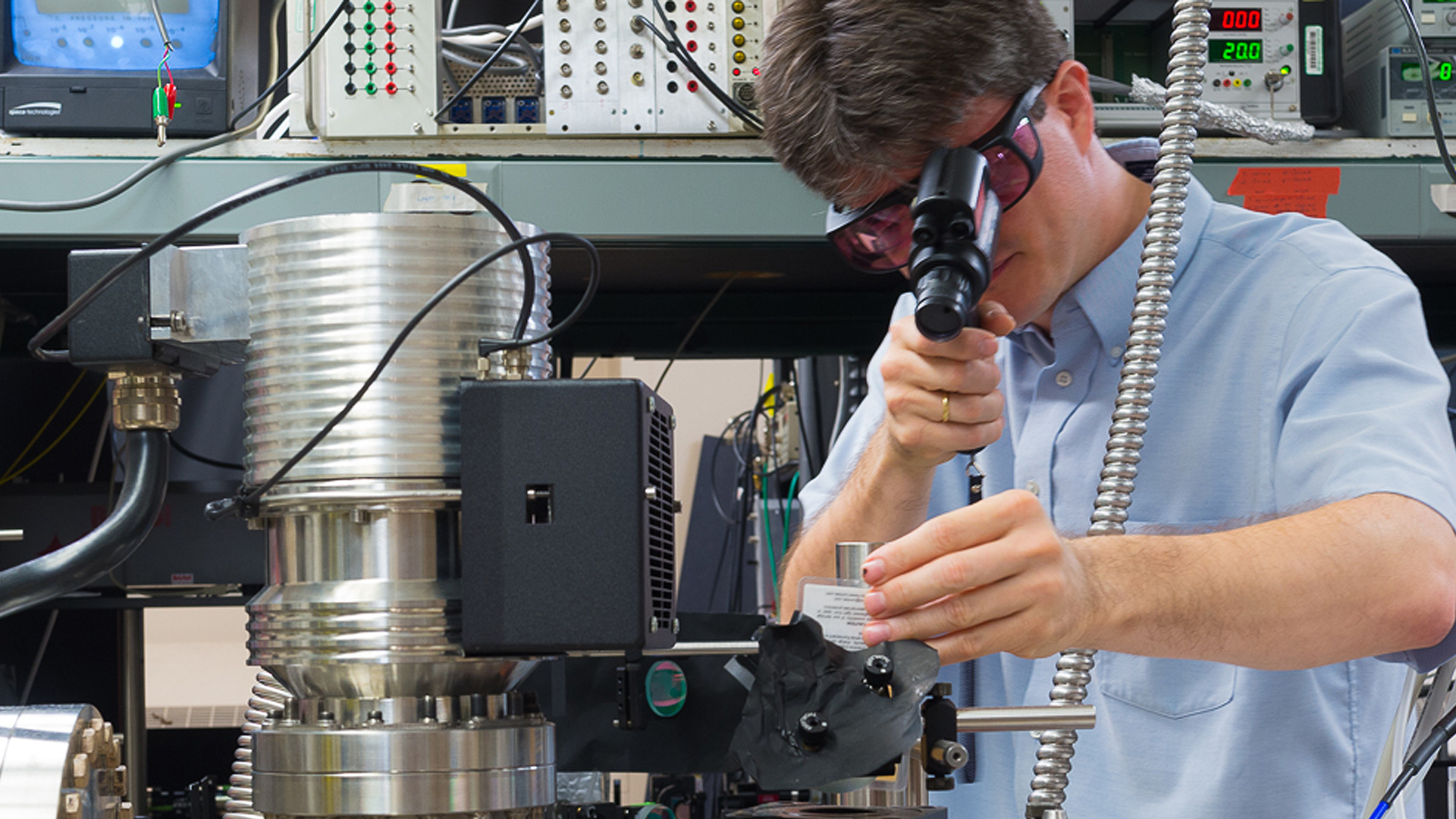Argonne’s Atom Trapping program employs laser cooling and trapping techniques to precisely control the external and internal degree of freedom of an elemental species of interest. These techniques are ideal for precision measurements and sensitive detection of rare isotopes. Applications of Atom Trapping include:
Atom Trap Trace Analysis
We have advanced the science of krypton dating to a practical level for young (~10-50 years) and ancient (30-2000 kyrs) groundwater and glacial ice with Atom Trap Trace Analysis (ATTA).
Electric Dipole Moments of Radium-225
We are engaged in a search for the electric dipole moment of Radium-225, a short-lived isotope of the element radium. According to the Standard Model, this property is expected to be unmeasurably small. However, Beyond Standard Model theories predict this property to be much larger. Our search is based on laser manipulation of neutral Ra-225 atoms to cool them to near absolute zero and trap them in a laser beam for a sensitive measurement of their electric dipole moment.
Beta-neutrino Angular Correlation
We search for signatures of physics beyond the Standard Model by measuring the relative angle between the electron and the neutrino that result from the beta decay of unstable nuclei. These experiments require precision control of the initial state and sensitive detection of all outgoing particles, since the direction of the unobserved neutrino can only be deduced from the direction and energy of all other particles. Laser traps provide an ideal environment in this respect. The isotope of interest is Helium-6, with a lifetime of less than one second. These nuclei need to be produced at an accelerator facility, captured, and detected within a fraction of a second.
